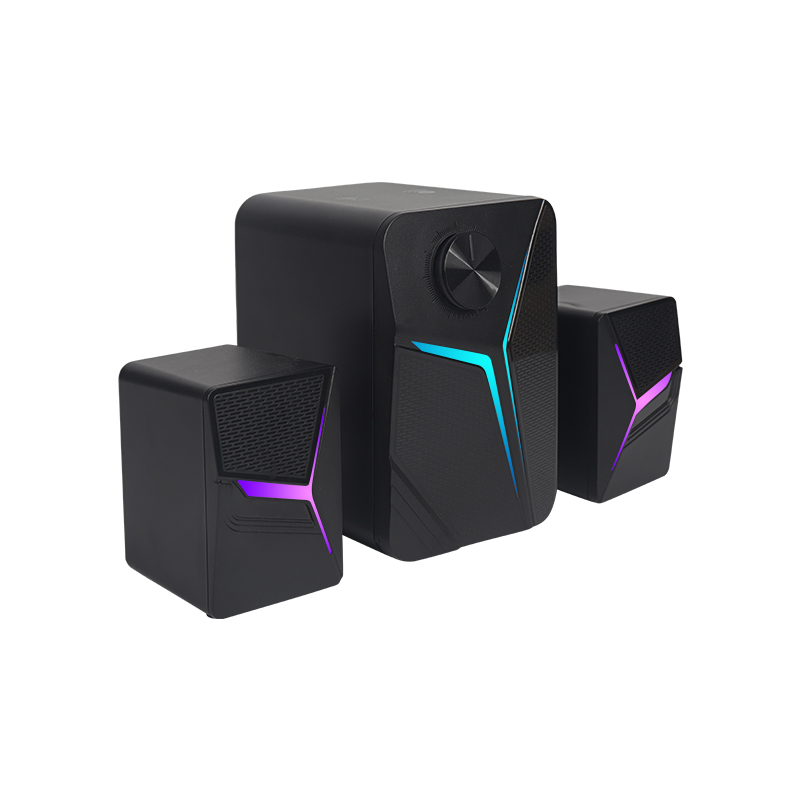1. High signal to noise ratio
The form of digital audio recording is binary code. When playing back, you only need to judge "0" or "1". Therefore, the noise of the recording medium has little effect on the SNR of the replayed signal. And analog sound record form is continuous sound signal, in the process of recording and playing can be affected by such as tape noise, to be superimposed on the sound signal and make sound quality poor, although in analog sound to take measures to reduce noise, but cannot be eliminated fundamentally.

2, low distortion
In the process of analog audio recording, the nonlinearity of magnetic head will lead to distortion, so it is necessary to take measures such as alternating magnetic bias recording, but the distortion still exists. In digital audio, the magnetic head only works in magnetic saturation or no magnetic two states, representing 1 or 0, there is no linear requirement for the magnetic head.
3. Good repeatability
Digital audio equipment after repeated copy and replay, sound quality will not deteriorate. Traditional analog cassette tape recording, each repetition, tape recorded noise to increase, resulting in each repetition to reduce the signal-to-noise ratio of about 3 dB, sub-band is not as good as the master, sub-band is not as good as sub-band, sound quality deterioration.
4. The shaking rate is small
Due to the action of the time-base correction circuit, the instability of the rotating system and the driving system will not cause the wobble in the digital audio replay system, so it is not necessary to require the precise mechanical system as in the analog recording.